Shoreline naturalization with Abbey Gardens
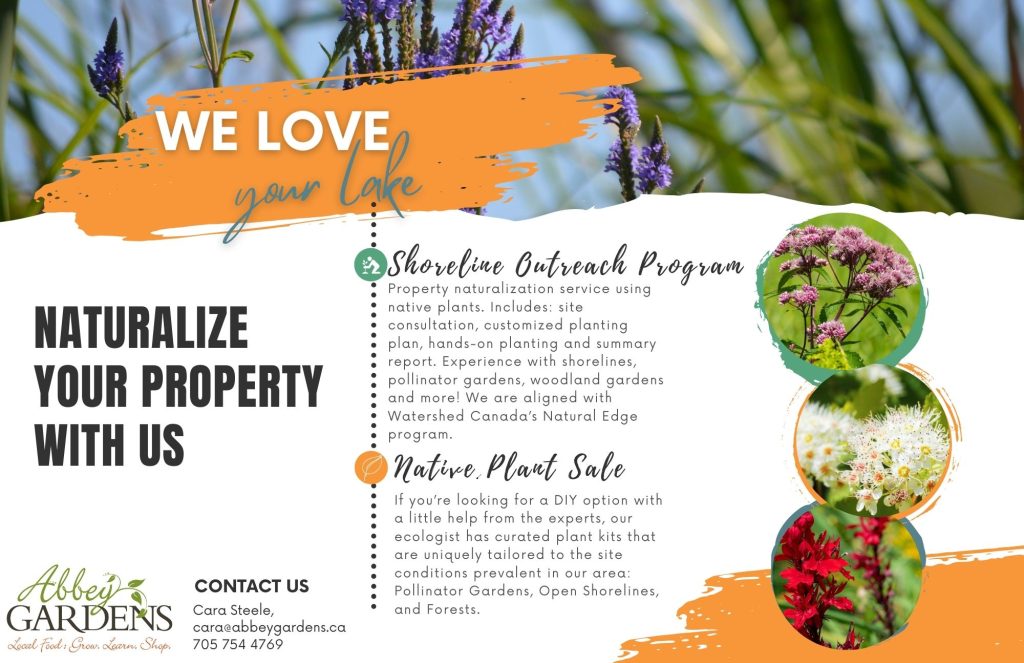
Check it out at https://abbeygardens.ca/shoreline/.
2024 Photo Contest
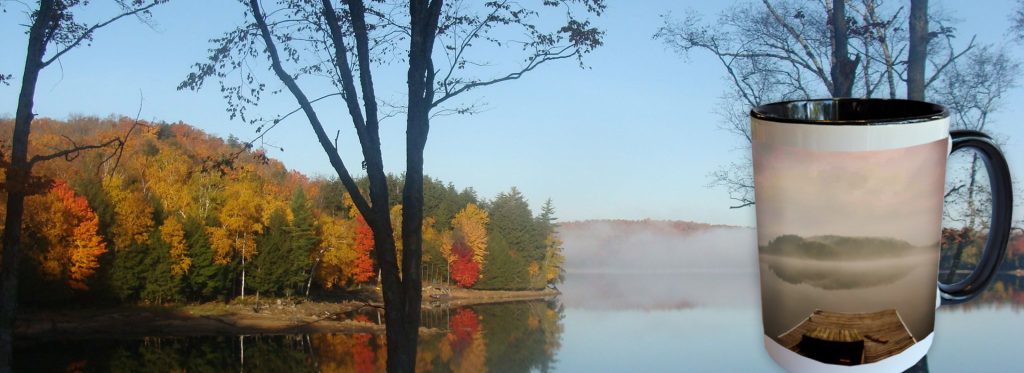
ENTER TO WIN a Mug Featuring the Winning Image!
Send us your best photo from the summer of 2024 for a chance to win. Show us how you have been spending your days at the cottage.
Winner will be announced March 15, 2025
What do warmer temperatures mean for the health of our lakes?
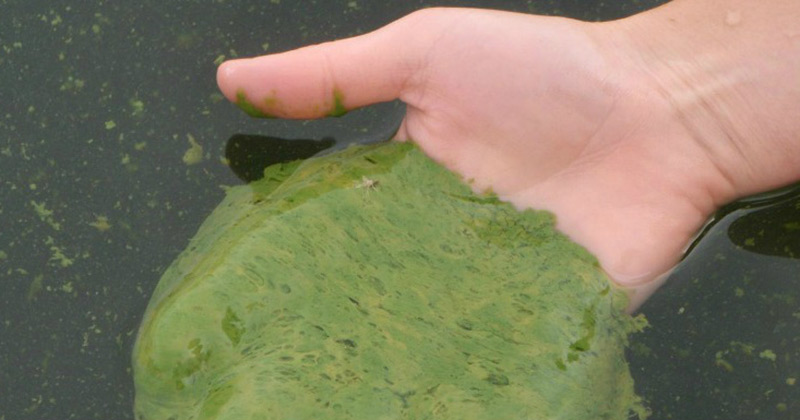
Author: Arunemathi Shanmugam, University of Waterloo This July was the warmest on record and we expect to continue to see record-breaking weather in the near future. Warmer air temperatures will cause a variety of changes, including changing ice-covered periods, areas that experience ice cover, reducing snow cover, decreasing snowfall, and increasing water temperatures1. These changes […]
CLEAN, DRAIN and DRY Your Boat
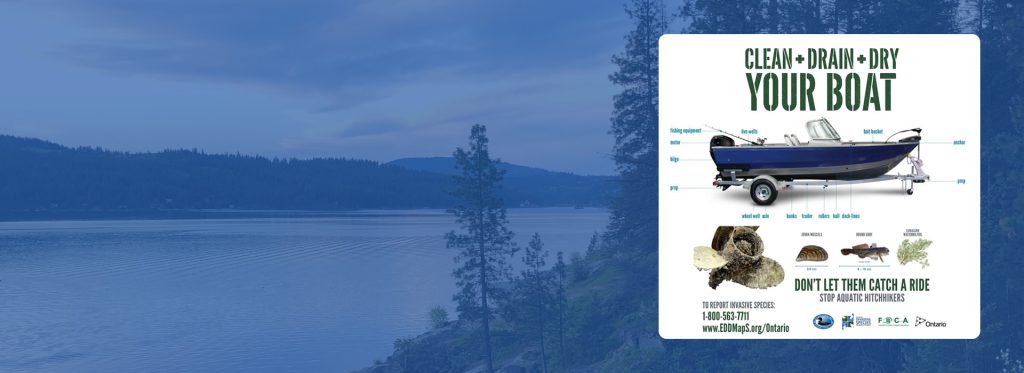
Motors, boats, and Ontario’s ecosystems can be ruined by zebra mussels and other aquatic invasive species. Take a few simple steps to preserve our lakes and fisheries: CLEAN off any plants or debris, DRAIN bilges and ballast water, and DRY any wet areas of your boat.
Exciting programs and events planned at Kennisis Lake Marina this summer!
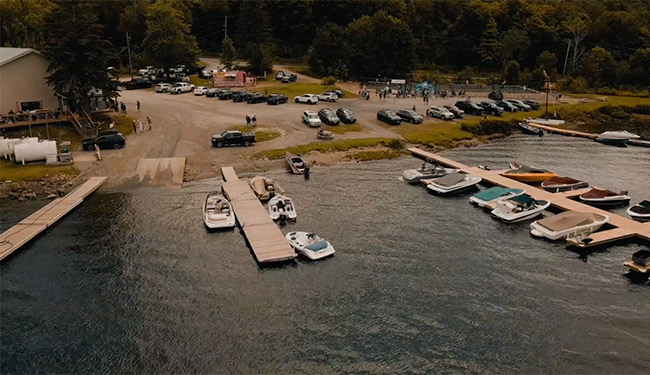
With the installation of its new Event Tent, the Kennisis Lake Marina will be the go-to destination for music, events, and programs. Marina owners, Gary Bouwmeister, Jim Dale and Chad Burdon have installed a 40-foot by 60-foot tent, The tent is located right next to the Pickle Ball Courts and can accommodate up to 200 […]
Fire Ban & Fireworks
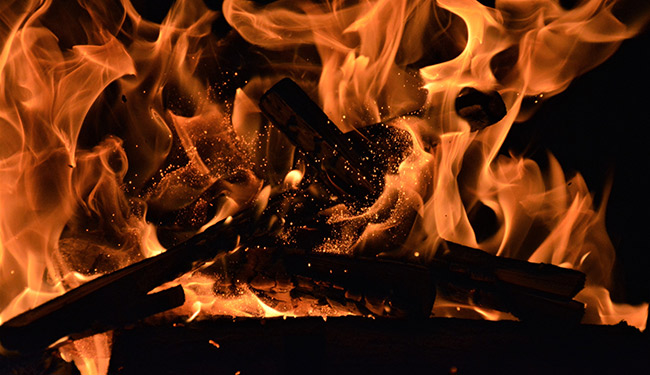
This summer has been off to a smoky start. Smoke from wildfires in Quebec is causing hazy conditions while dry weather conditions expose us to our own wildfire risks. We encourage our members to do everything possible to manage these risks while enjoying summer by the lake. As of June 1st, Haliburton County has issued a […]
2023 Annual General Meeting
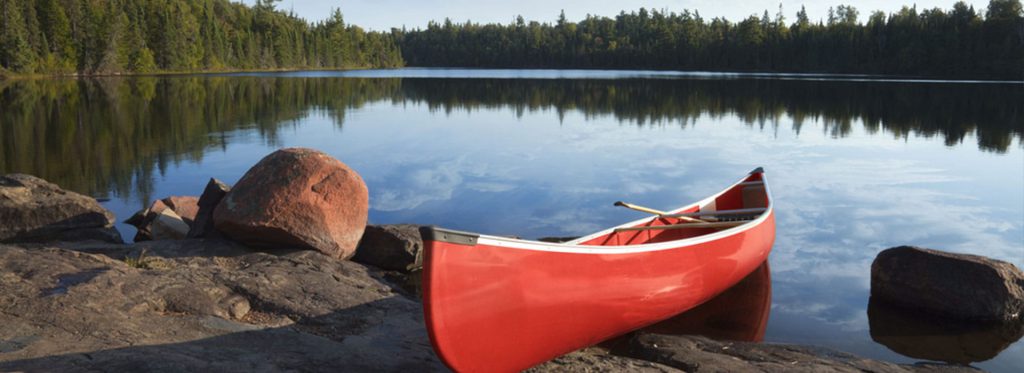
Welcome ALL members and residents of the greater Redstone Lake areas including Big & Little Redstone, Pelaw, Bitter, Burdock and Coleman lakes.
Our Annual General Meeting will take place July 8th 2023 from 9am – 11am with a FREE Concert and BBQ to follow. We hope to see you there!
Propane Group Buy – KLCOA/RLCA Video Conference
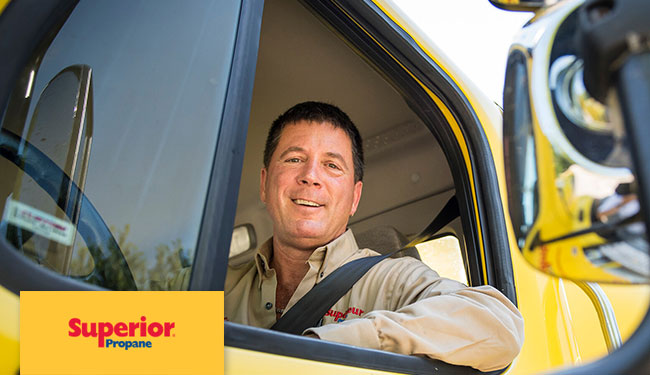
The KLCOA will host a video conference on Tuesday, May 30 from 7:30 to 8:30 pm to explain how the KLCOA/RLCA Propane Group Buy works and the process to join. Our lead contact at Superior Propane, Jeff Voyer, will lead the discussion. The KLCOA/RLCA Superior Propane Group Buy Program has been active for ten years. […]
Shoreline Restoration
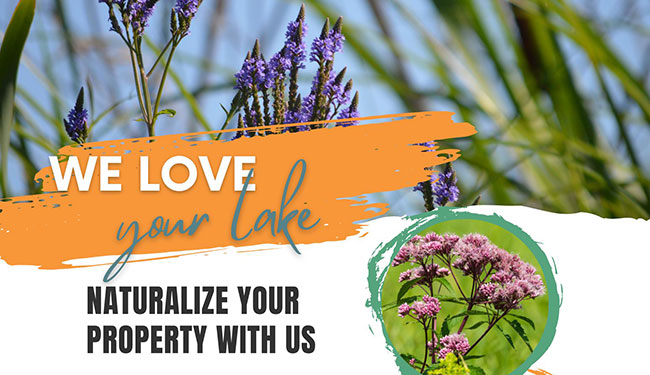
For most people, when they think about their cottages or homes in Ontario’s “cottage country”, the first thing they think about is the lake! Campfires by the lakes, drinks on the dock, boating, fishing – so many things we love about this area revolve around being on or near the water. This is especially true […]
It’s time to start thinking about planting
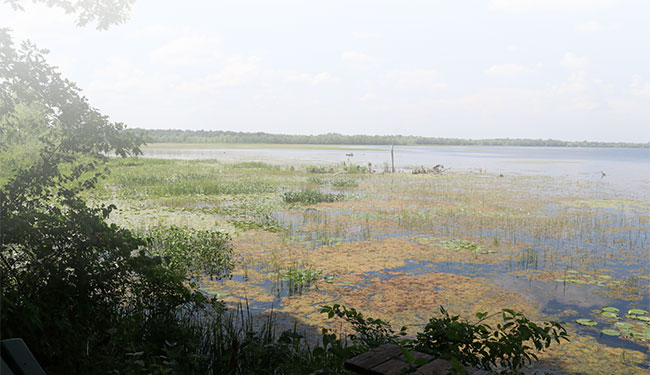
Planting natives, that is. Along your shoreline, most importantly. And Watersheds Canada is here to help. First of all, a bit of background reading to while away the final (we hope!) stormy days of winter: a guide to the science behind naturalized buffers, appropriately titled The Science Behind Vegetated Shoreland Buffers. And for some political […]
